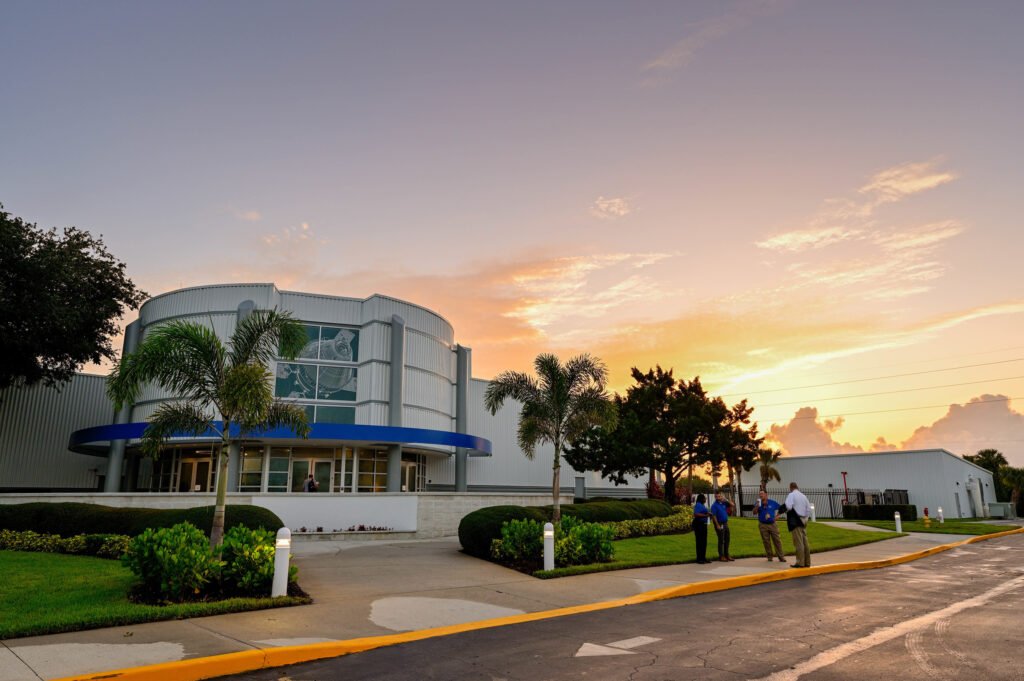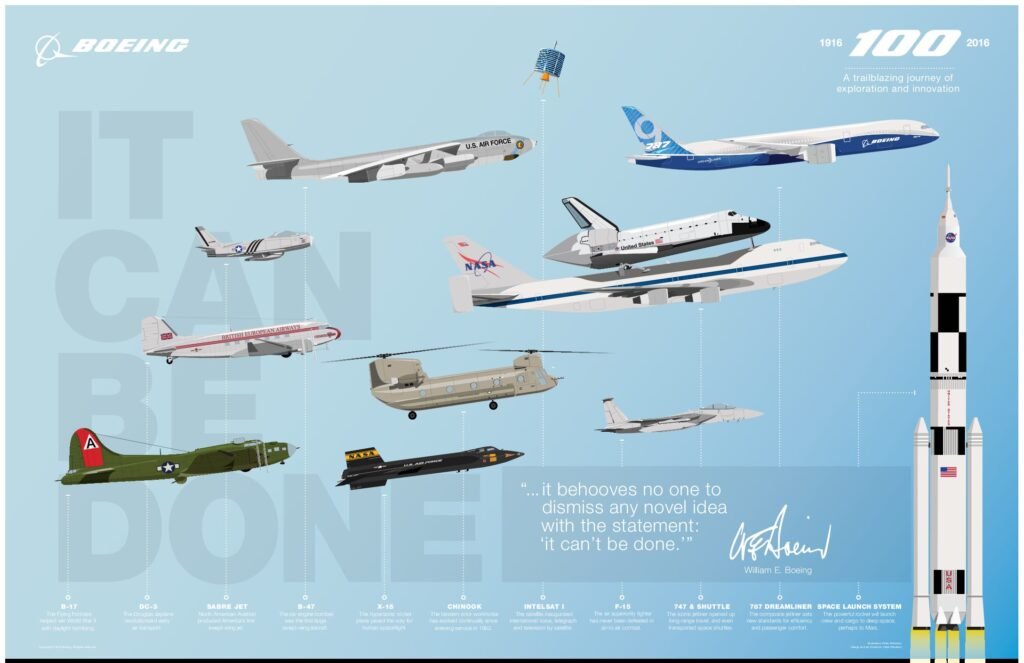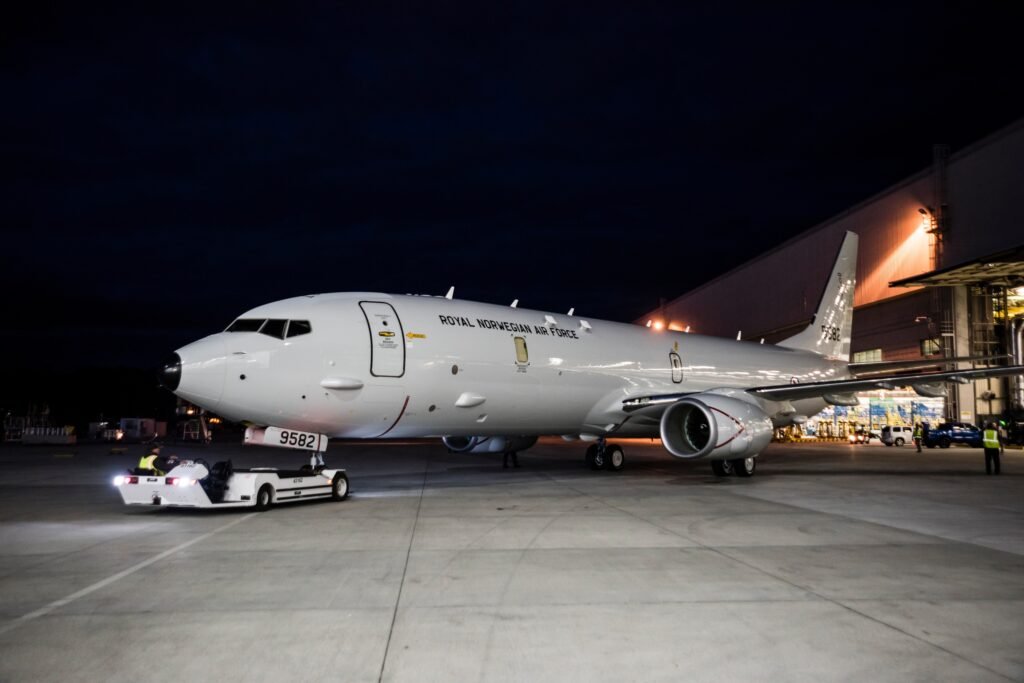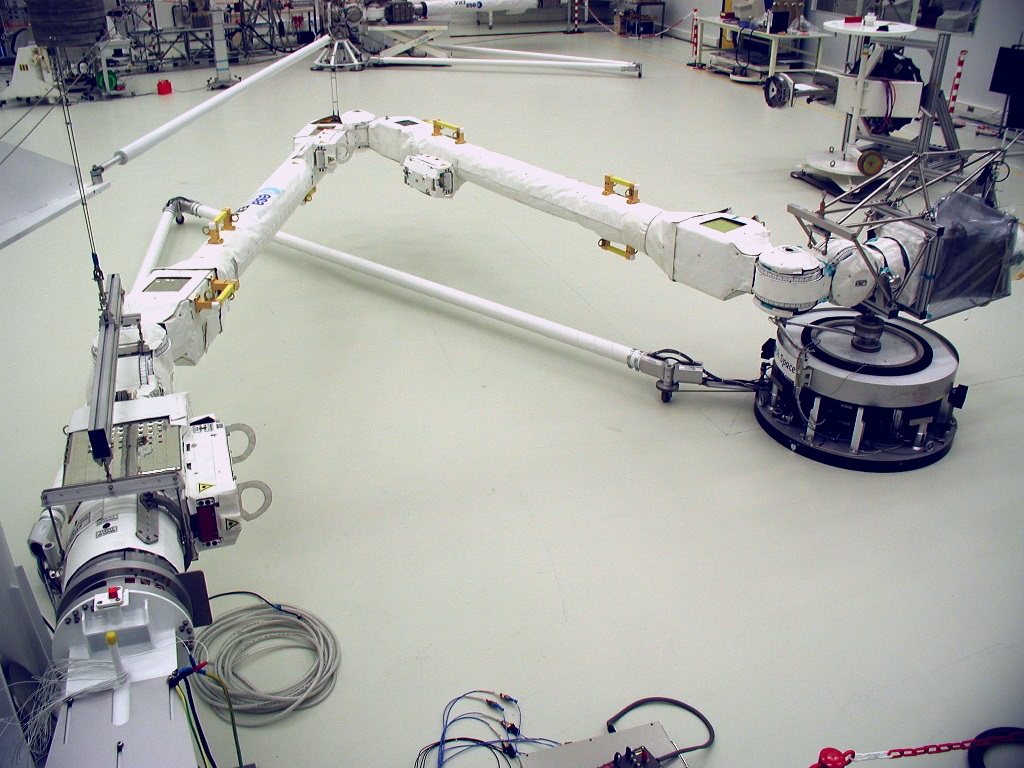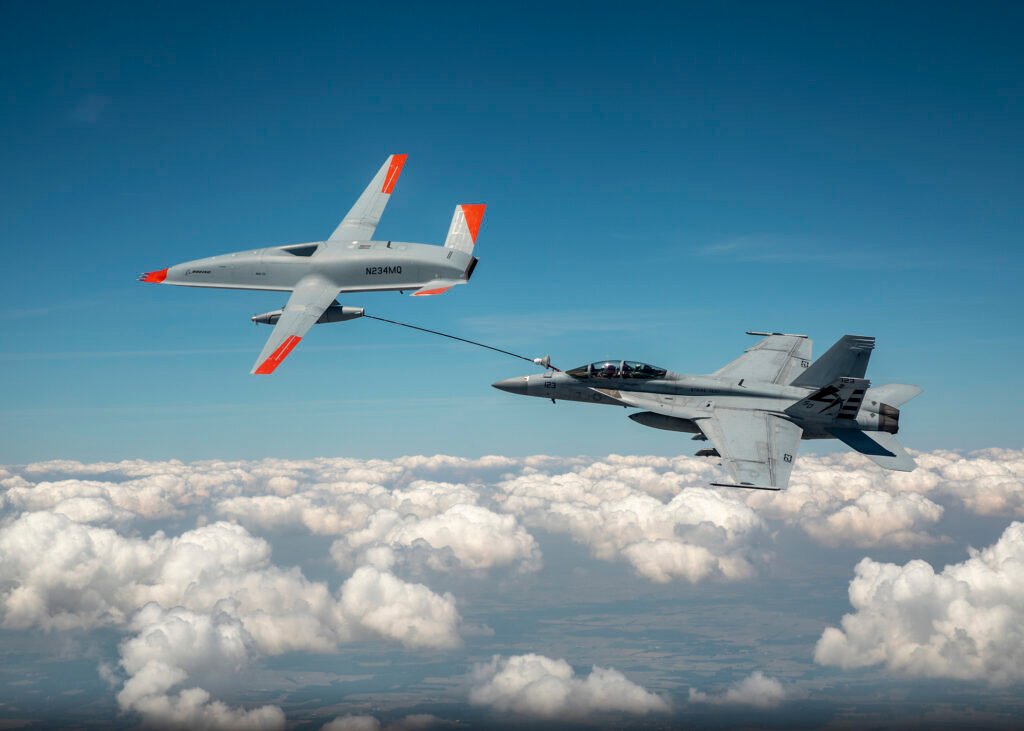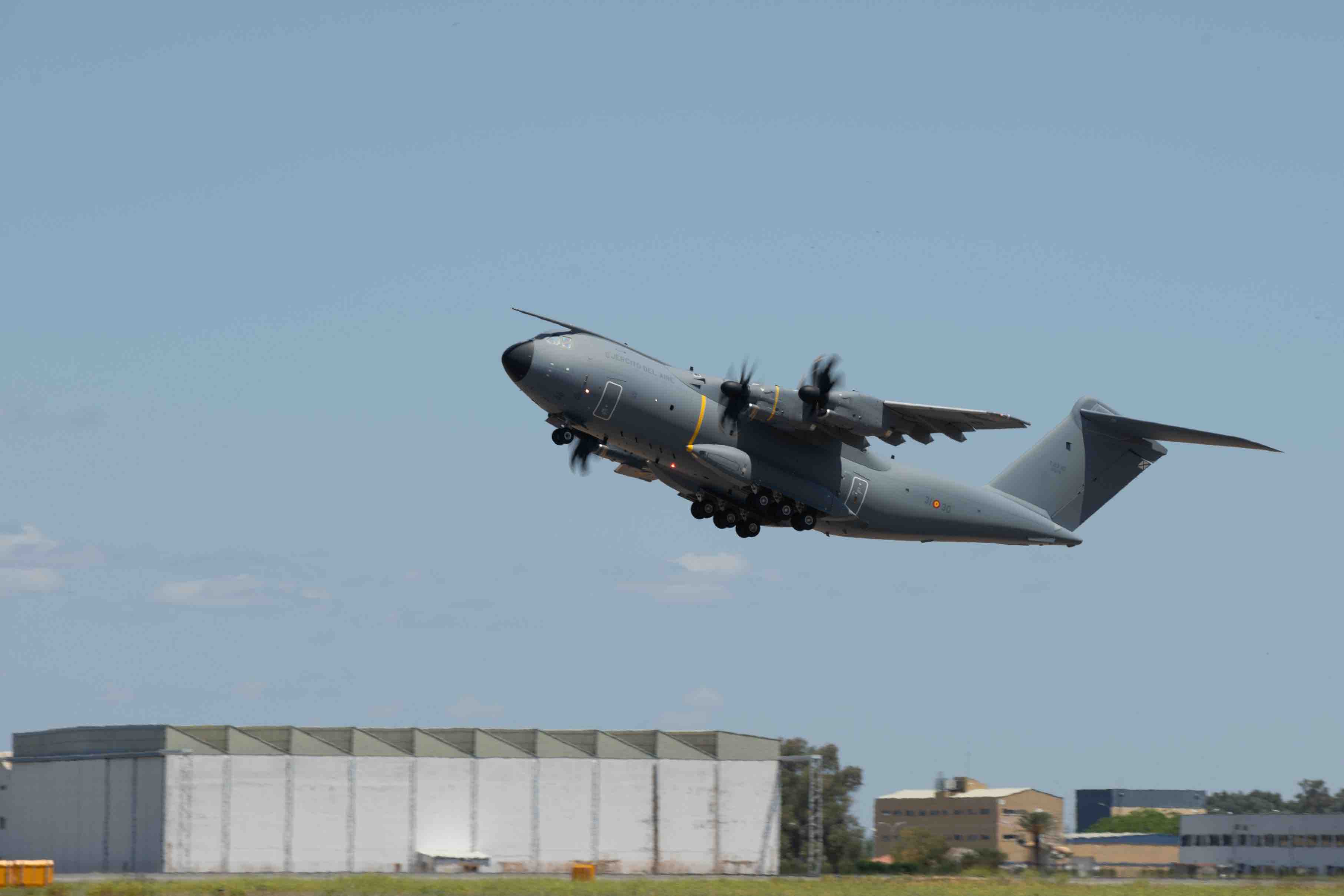Lockheed Martin Unveils Intelligent Factory At Skunk Works In Palmdale, California
Lockheed Martin (NYSE: LMT) has completed construction of an advanced manufacturing facility at its Palmdale, California, campus. The 215,000 square foot intelligent, flexible factory has digital foundations to incorporate smart manufacturing components, embrace the Internet of…

